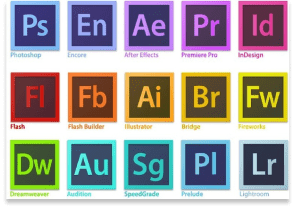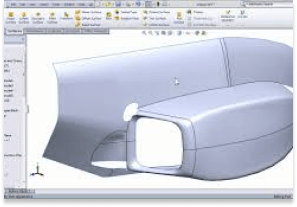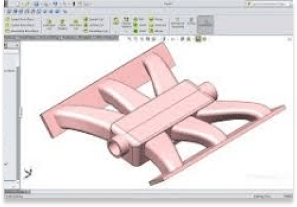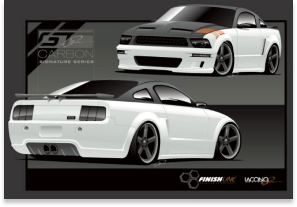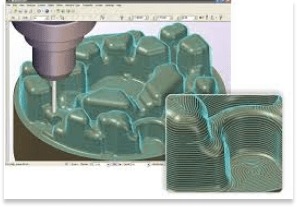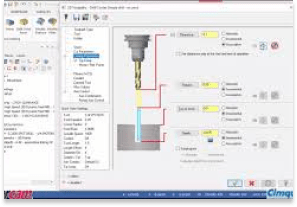FinishLine Composites utilizes the latest cutting-edge CAD (Computer-Aided Design) and CAM (Computer-Aided Machining) software available today.
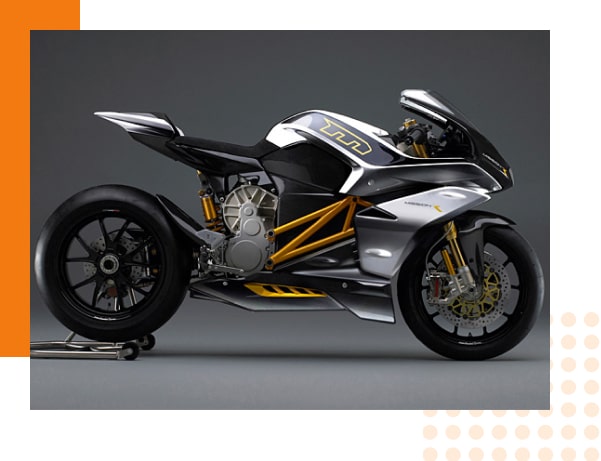
FinishLine Composites is an experienced team of industrial designers and engineers who deploy cutting-edge additive manufacturing technologies to assist our clients every step of the way. Whether we are working with existing files, helping you design your product from the beginning, or making suggestions to reduce production costs, we are well-versed in CAD and CAM software programs. We understand the importance of reflecting the functionality, styling, and quality that you and your customers have come to expect from your products.
Here are some of our CAD (Computer-Aided Design) and CAM (Computer-Aided Machining) software programs. With over 25 years of experience in the advanced composite industry, Finishline Composites is exceptionally well-rounded when it comes to maintaining efficiency without compromising structural integrity and quality. Additionally, we have extensive expertise in clay modeling for creating models or master parts.
